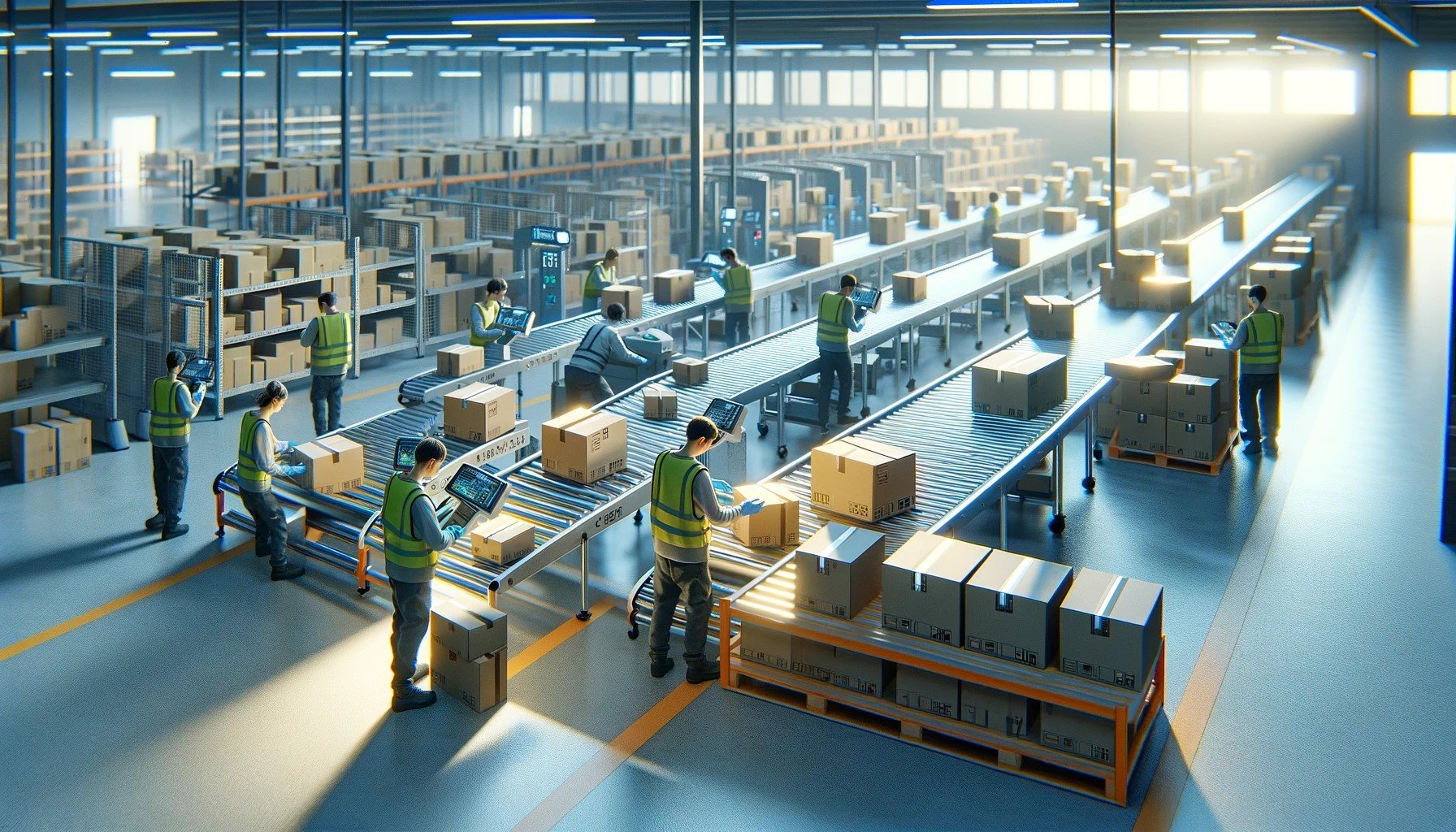
The returns process for Amazon is a significant draw for customers. Automotive aftermarket suppliers and distributors selling directly to customers are trying to offer a better experience to ensure they’re the first call, not the digital retail giant.
A panel discussion at the MEMA Aftermarket Suppliers Aftermarket Technology Conference tackled how returns can be better handled in the industry.
“We’re trying to make it better and better,” said David Seewack, CEO and founder at Find-it Parts during the session, E-commerce Outlook: Growth Opportunities for Aftermarket Products.
His company is trying to mimic Amazon by including a packing slip and shipping label with instructions on how to return the part.
“Because returns are so important to people, we really take the returns — because we’re looking for the lifetime value of the customer,” Seewack said. “And the minute you don’t take return, you’re kind of dead in the water. So we just deal with it. We try to be efficient about it. We try to make sure they buy the right part. But it’s just the cost of the business.”
Erik St. Pierre, co-founder and COO at PartsTech, acknowledged that improving back-end capabilities is an industry-wide problem.
“That reverse logistics, it’s just not there,” he said.
“We need to solve for reverse logistics and make that process easy electronically. We need to solve for order status and delivery tracking — it’s ridiculous that you can order a pizza and track it as the pepperoni is being put on it but in most cases, you have no idea where your parts delivery driver is.”
And don’t think that having ideal data will solve all your return problems, Brian Servatius, vice president of business development at RevolutionParts, pointed out. But to fend off competition from Amazon, it starts with a good digital presence.
“The content, the quality of the images and the product information has come a long way in the last 10 or 15 years since I’ve been in the industry,” he added. “But I think it’s also understanding what’s the right way to make sure that we’re presenting well, whether it’s on Google or wherever else — the central places that people want to go to see these products that are there. And they present the information that they need.”
Servatius also said one-hour delivery doesn’t always have to be in play. Yes, some will need the part right away but it’s not always necessary.
“So we don’t have to play to the highest bar, but we need to kind of be playing the same game,” he said. “And that’s sort of what I’ve been evangelizing for the last 10 years or so is: How do we take that playbook and, within realistic realms, bring our products in the automotive industry to level ourselves up to be on an even playing field, to put a bit foot forward and have that presence and capture consumers off digital engagement.”


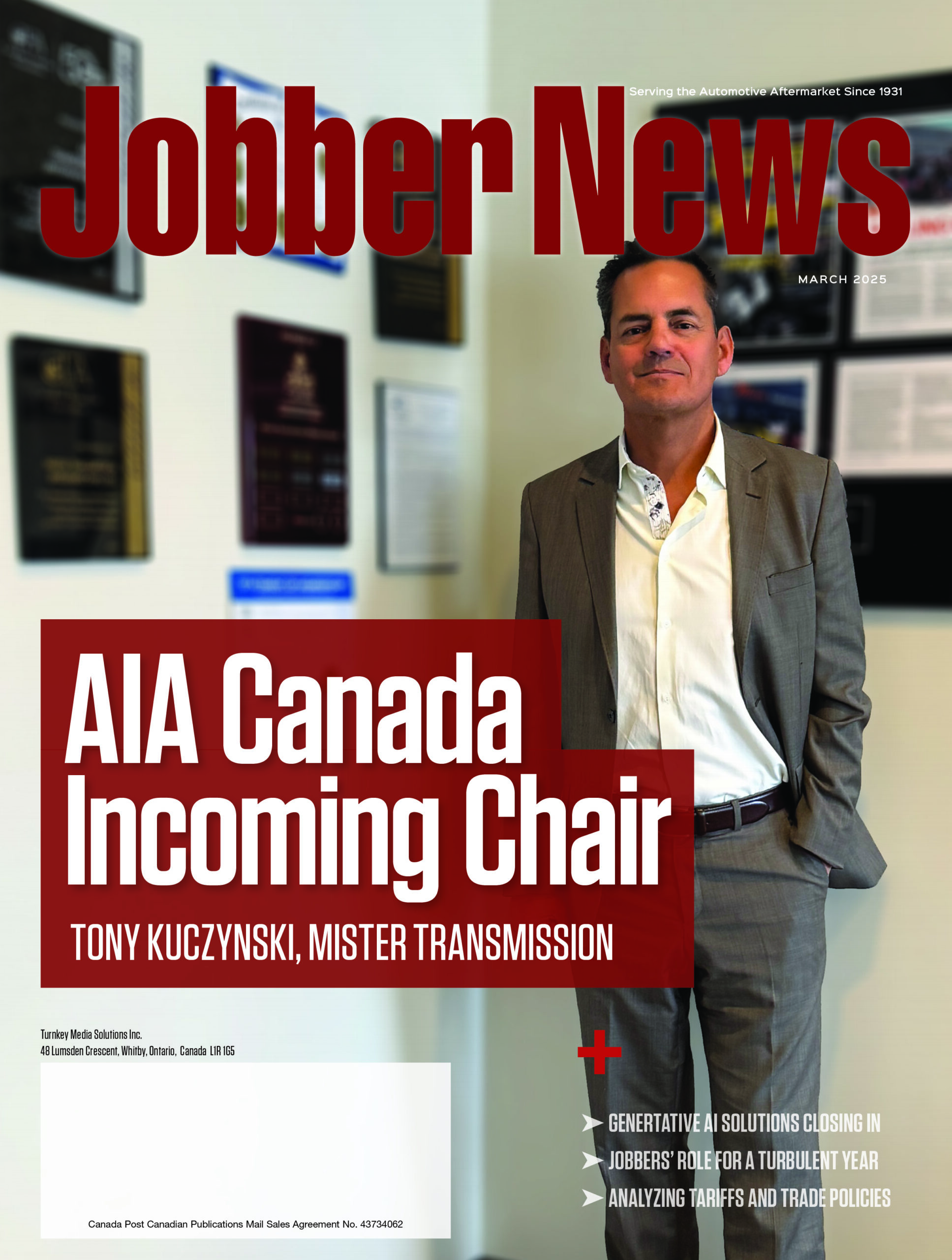





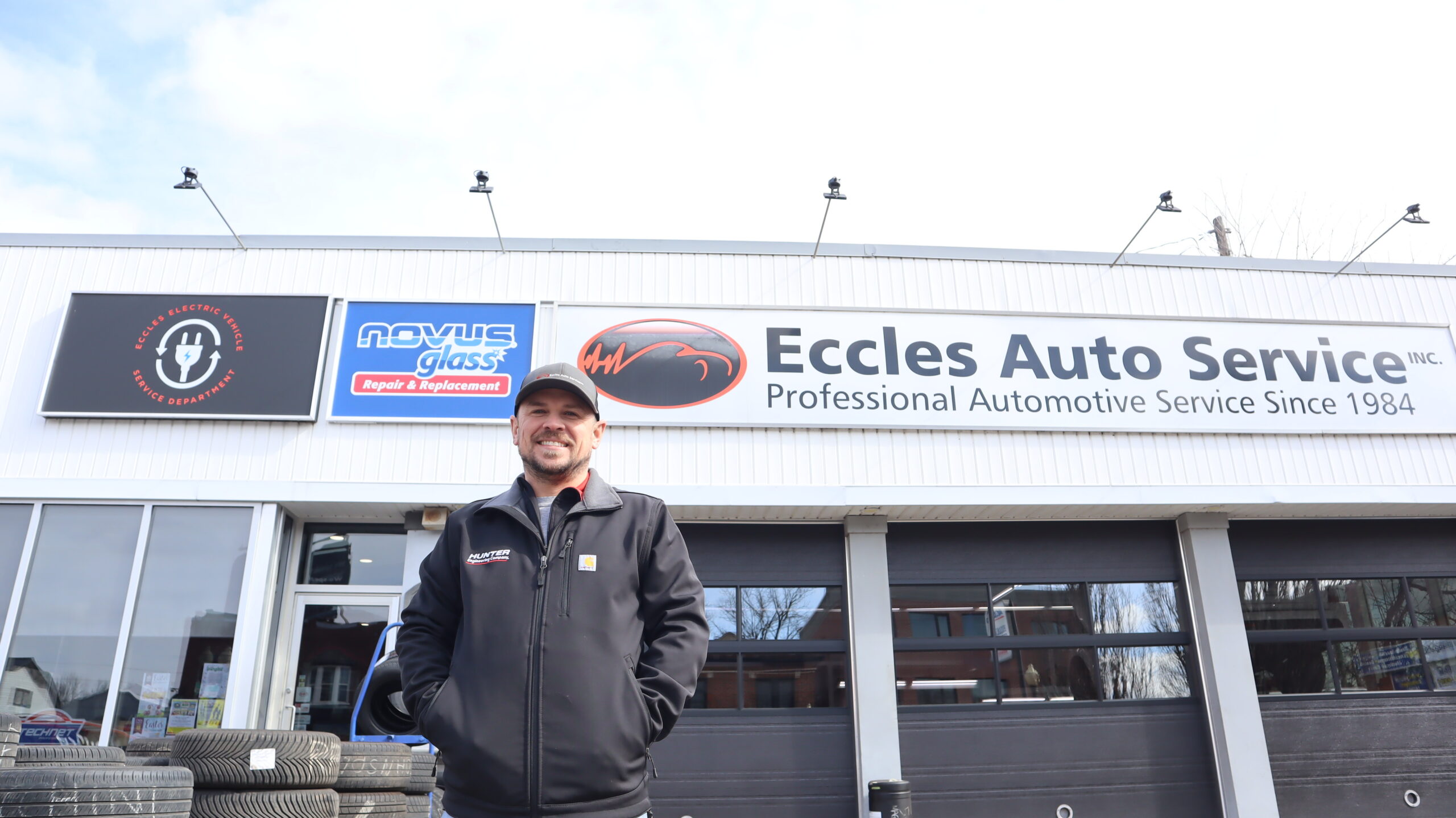
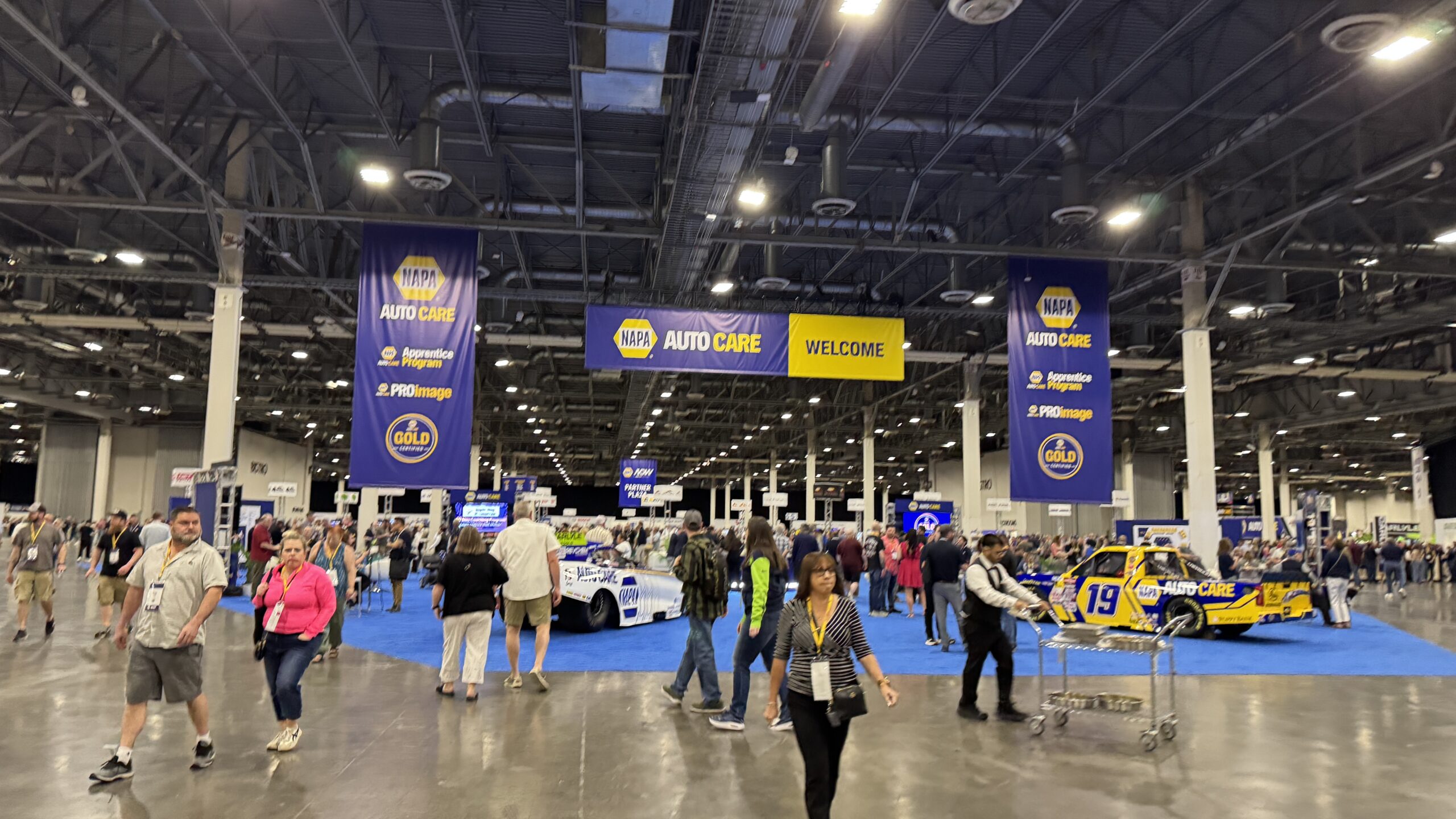

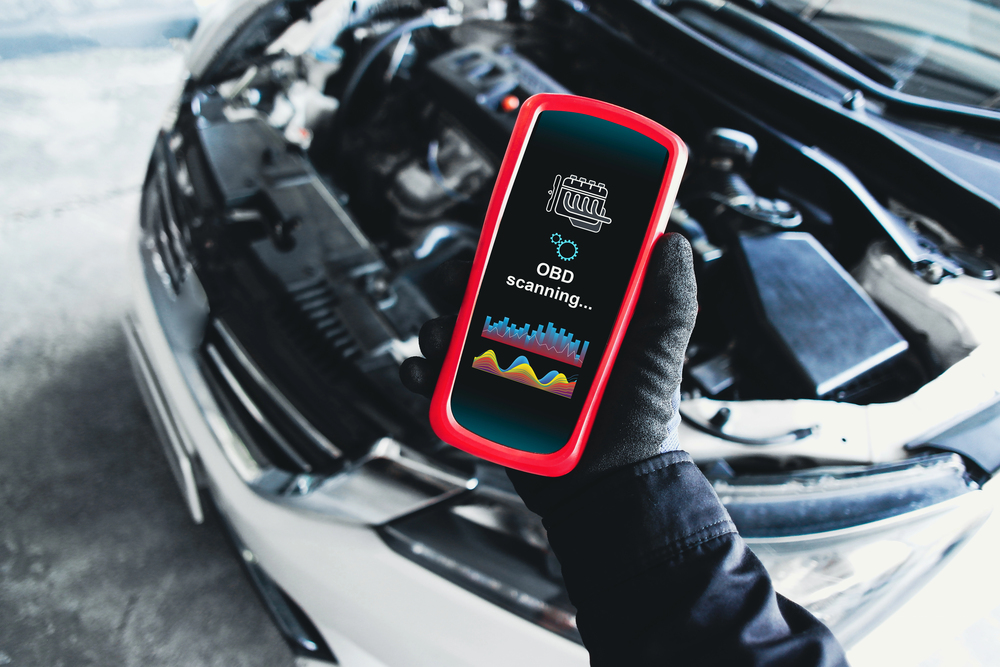
Leave a Reply